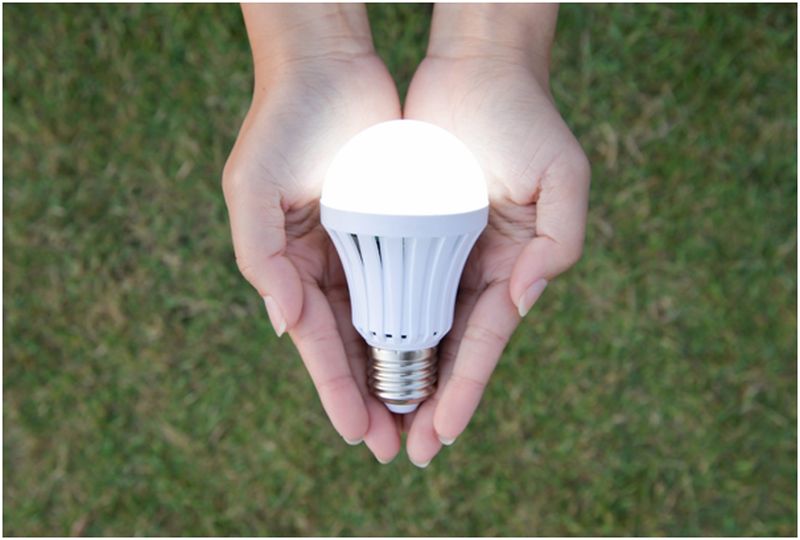Did you know that generating energy from the sun dates back to at least the 7th century B.C.? First, people used magnifying glasses to light fires! Then, within four centuries, people were using a mix of sunlight and mirrors to light torches. Finally, ships employed sun ovens for extended voyages by the late 18th century.
Solar energy has seen significant growth in the United States and worldwide since the mid-2000s.
Here is a look at how solar power has changed and where it will be in 2022.
The Development of Solar Panels
In the 1880s, scientists began developing selenium-based solar cells. In 1954 the first silicon-based photovoltaic (PV) cells were grown. Solar panels were initially used on satellites during the NASA space race in the late 1950s.
Over several decades, the fundamental issue with solar panels has been their low efficiency. As a result, it is difficult to harness much of the sun’s energy with solar panels. Hoffman Electronics enhanced solar efficiency from 8% to 14% between 1957 and 1960. By the mid-1980s, it had risen to 20%, and by 2022, it had increased to 33.3 percent.
10 Solar Panel Industry Trends
SEIA and IBISWorld track solar installations and energy use in the US. Let’s look at 10 solar trends for 2022:
- Non-utility firms and developers aiming to take advantage of federal tax subsidies will grow solar installations across all market categories through 2022. Fortune 500 firms’ energy investment approaches will continue to attract large investors.
- California has been at the forefront with a new rule requiring solar panels to be installed on most new homes and buildings will boost the solar industry.
- Solar silicon-based photovoltaic panels and batteries will continue to drop in price. This will lure more purchasers into saving money on otherwise unpredictable energy expenses. According to studies, solar and wind will account for almost 96 percent of net new energy generation capacity in 2022. Between 2013 and 2017, the cost of building a solar panel dropped by 37%.
- While over 90% of Americans want solar, only around half wish to pay for it! This is why the federal solar tax credit program, which will last until 2022, is critical to the sector. As a result,Blue Raven Solar clients often save 10%–30% on their monthly utility expenditures. As more businesses use solar and report energy savings, demand will rise.
- Researches are making significant improvement in the previous designs of solar batteries. Nowadays the average capacity of a home solar battery is10 kWh. Scientists are aiming to an increased efficiency.
- Taxation on Chinese solar panels will assist American companies like First Solar, albeit lower panel prices have offset these tariffs in 2019.
- Solar devices such as portable cellphone chargers, solar-powered generators, outdoor sensor lights, backpacks, and cookers may well see increased demand.
- Solar tax credits will be available to homeowners through 2022 and maybe beyond if Congress extends the incentive.In Q3 2019, the residential solar segment added 71.3 GW of capacity, enough to power 13.5 million homes.
- Traditional energy corporations will diversify their portfolios to include renewable energy sources. European developers set the groundwork for a more prominent solar presence in the United States.
- The Solar Industry will continue to employ people. In 2019, the solar sector employed over 242,000 Americans, more than quadrupling the number in 2012.
Into the Future!
The solar industry will continue to grow as the world focuses more and more on renewables. This growth is also driven by carbon footprint reduction, not only in the solar companies but in the supply chain too.
Have you found these 10 solar trends interesting? Then, why not browse our page for other exciting articles from Marketing to Health and much more!
Article Submitted By Community Writer




